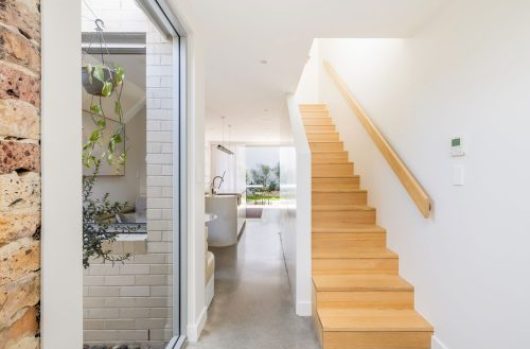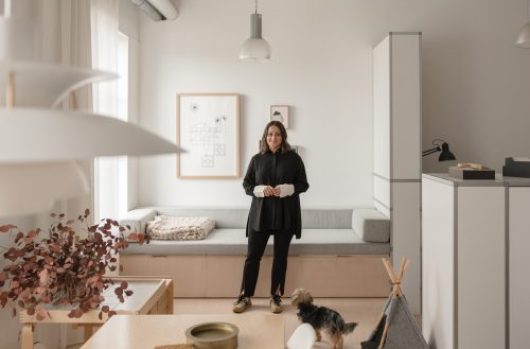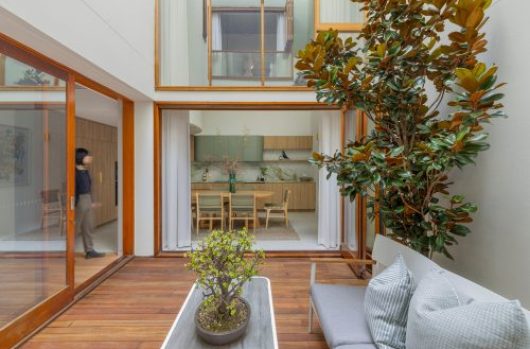Building a creative economy
Collecting contemporary art is no longer the preserve of the super rich. A democratisation of the visual arts is afoot in Australia. Now big institutions, regional galleries and local curators, all have a vested interest in making visual arts more fun and accessible.
Of late you can practically smell it. There’s a conspicuous movement in Sydney urging people from all walks of life to take the plunge and start a collection. Now the issue of affordability is being addressed, with new initiatives designed to enable and empower art lovers. Sydney based 10Group has enlisted a host of reputable galleries to develop a new product called Art Money. Art Money offers 10-month interest free loans to buy art. In real terms, Art Money means tentative newbies can commit to an art piece, while more established collectors can stretch to a more significant purchase.
Art Money has the support of City of Sydney and follows previously successful models in Tasmania, the UK and Amsterdam. Yet just owning a beautiful piece is not the only benefit of buying art. Buying local Australian art has serious community side affects. These include the building of a creative class where you live, work and own property. We caught up with four experts living in Sydney (a curator, art advisor, gallerist and art entrepreneur) to better understand the current Australian art landscape.
Art Entrepreneur, Paul Becker from 10Group Newtown
“Everything we do at 10Group is about engaging more people with contemporary art. One of the things I thought about for a lot of years was the high price of engaging with art. Essentially the finance. You have finance if you want to buy a car, or a house or a fridge or a microwave oven. Pretty much anything you buy, comes with finance. To me it just seemed like barrier to entry that stops people from engaging with and buying art.
I wanted to develop a scheme that wasn’t reliant on the government, because I wanted to have a commercially sustainable model in the long term. With Art Money the customer pays a deposit to the gallery and then commits to 10 equal payments. The deposit goes to the gallery and rest of the payments are paid to Art Money.
So the purchaser gets to take the artwork home, and Art Money delivers the money for the art work to the gallery within 10 business days. That’s a really important point, because it means the artist and the gallery can get paid up front.
I am interested in people buying art, because there is a personal value and a creative value in it. There is a sense of satisfaction in collecting art that demonstrates a lot about the way you live your life.
People like buying beautiful things. Beautiful houses, beautiful furniture and beautiful cars. These are all similar reasons to buy art – it just depends on someone’s lifestyle choices. It’s important to remember when you’re buying art you are investing in a creative economy; a creative infrastructure and you are supporting artists. You are supporting artists and galleries and in doing that you are really creating a liveable city.”
Gallerist, Amanda Rowell from The Commerical in Chippendale
“Buying contemporary art impacts very positively, directly and immediately on contemporary culture and on the lives of artists and the galleries that support them. It is a better place to put your money than purchasing mass-produced goods from large corporations.
We have already made three sales in three months through Art Money. This is quite a modest result, but these sales may not have happened otherwise.
I think that the City of Sydney is supporting the initiative to facilitate investment in Sydney’s cultural capital. An expansion of the local market aided by initiatives such as Art Money is a very positive step.
The Australian art market is way behind where it should be by international comparison, yet the quality of the art is on par internationally.
The benefits of buying contemporary art is not just about artists and galleries. It palpably enriches collectors’ lives. It is a direct engagement with living culture, an expression of taste, a statement about your own personality and values. It is very personal and can be a very exciting process learning more and gaining greater confidence in making your own decisions about what to buy. Artworks are unique aesthetic and intellectual objects. Living with art, surrounding yourself with it, is a wonderful thing. And there is something for everyone. You just need to find the galleries you like and the artists you like and work out the direction you want to go in.
I really look forward to seeing more individuals, especially young professionals, making use of Art Money. Sydney’s art scene will grow and become more robust. Individuals buying art contribute in a big way to cultural health. It is a great investment in the broadest sense.”
Art Advisor Mark Hughes from Surry Hills via New York City
“I think commissioning work is great; buying art, commissioning art – any support of art and of wanting to have art in the house and engage with it – I’m the first at the front of the line to applaud it. Because art is often what gives personality to the room.
I believe you don’t have to be highly art educated to buy art. People know more than they think, because they know themselves. Humans forget that we are part of nature – many of us live in an urban environment and we surround ourselves with manufactured things, but we forget that we have natural instincts.
Art collecting is in many ways about self-knowledge and self-analysis. And that journey inside really starts with one’s naturally instinctive responses. I work with people who come to me and say that they don’t know anything about art, but they have that thing we all have – “I know what I like.”
Your instincts develop more as you get older because you have more experience and you become more refined in your instincts – so when you look at the painting or a work of art, those instincts kick in before the brain does, you sense something about it, you emotionally engage with it.
You might hate it, that’s an emotional engagement, you could feel frustrated by it – and not be able to understand what is special about it – or you could fall in love with it. Those instincts are the bottom line.”
Young Curator Michael Do, from Penrith Regional Gallery via COFA
“I think people often shy away from buying art because it’s doesn’t immediately signify status. You can buy a $10,000 painting and it may be a very insubstantial thing on the wall, and if you kind of take people through your home it doesn’t exactly scream at them.
“But I think it is fantastic that you have a program like Art Money that really will capture more people and encourage more people to buy more art.
“Collecting art promotes a different culture, a contemplative culture and you know – one that is more sensitive and in touch with broader issues. Buying art creates a more aware society.”
Right Here, Right now curated by Michael Do – closing 23 August








